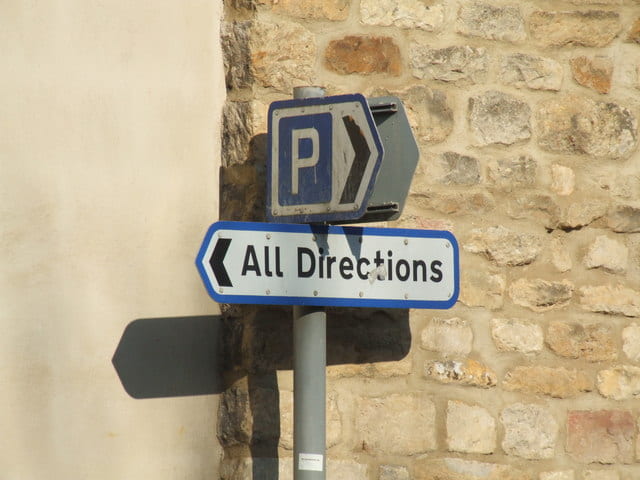My individual digital scholarship project, which is now part of our collaborative ‘meta-project’ around digital scholarship, has changed a great deal in the last few weeks. And it’s changed even more since I first began to envision what our collective digital project would be. Initially, I wanted to explore a project that would map the publication data of the Native American books collection. Then, I wanted to plot geographic locations within various books to see what Native American authors were writing about a given region in the U.S. over time. And now, I’ve shifted to using text analysis programs and methodologies to compare two different Iroquois creation stories written by Tuscarora authors. How’d this happen?
Before this week and before we all started getting down to the real nitty gritty of our individual projects, there were three exploratory, iterative phases that contributed to the development of my particular research interests and my current project. It really has been cyclical process because as ideas and options changed, it was necessary to go through these phases again.
The Phases
Digital Tool Exploration
- I Began looking at data visualization tools, ones that would allow us to work with all or most of the data. Viewshare, Google fusion tables for example. I was particularly interested in these exploration tools for when they had mapping capabilities. The first few weeks had time for that kind of exploring, seeing how to navigate and to evaluate tools.
- Other early exploratory tools were found on sites like Voyant and raw/density design. At the time these were helpful because it made me realize that I wasn’t that interested in statistical data visualizations or Text analysis, and that I wanted to focus on mapping. Little did I know…
- We interns had an ArcGiS workshop in our third week that exposed a lot of potential for what mapping visualizations can do. Although it’s pretty complex software for a first time user, learning how to plot individual data points and how to add layers made the idea of mapping publication data in some static or interactive seem more plausible.
- More recently, I shifted from an interest in mapping as a tool for exploring the significance of place to text analysis.
- A good potential tool that I looked at briefly was the series of text analysis tools on tapor.ca
- In terms of text analysis visualizations, textexture.com made me see how one would use text analysis to study the work your looking at by highlighting the connections/networks between words.
- The tapor suite of text analysis tools seems like a good place to start for now.
Digital Humanities Project Exploration
- In the beginning, I was interested in projects that were about mapping, whether it was more geared towards narrative or statistical/academic representation.
- Once I shifted towards wanting to explore more narrative routes through mapping places mentioned with books, I found placingliterature.com to be a really good model for what I wanted to do with our collection.
- When I shifted away from mapping, I sought out projects that used text analysis as a means of creating a scholarly object, ie a paper, a presentation, and not so much projects that just plugged data into machines. Now, Analyze That was a good project was a good one to see how people use the tool to write up a mini essays or explanations that accompanied the analysis itself, because interpretation of the data is what matters here.
Secondary Research Exploration
- I started with an interest in Native American literature, particularly Native American Renaissance. I read books and articles about Native American literary history.
- Before we came up with our initial project proposal for a collaborative project, I spent part of my week of research diving into U.S. Print/Book History. This was hard to incorporate into other aspects of research for some reason.
- In that same week, looking at scholarly work done on early Native American books, which was informed by my interest in the attention given to the Native American Renaissance. What was before then?
- During this pre-Renaissance research, I came across one particular book from the collection by David Cusick called Sketches of an Ancient History of the Six Nations. First written in the late 1820s, this creation story of the Iroquois intrigued me because it had several mentions of specific geographic features and regions related to the history of the six tribes. This text was a way to bring together my interest in mapping with looking at what the authors had to say about particular places.
- There was not that much scholarship done on Cusick, but what was there made me realize that it would be difficult to have an research question that could be answered by mapping alone.
- While doing research on Cusick and early Iroquois creation stories, I came across Elias Johnson’s Legends, Traditions and Laws, of the Iroquois, or Six Nations. Johnson was a fellow Tuscaroran like Cusick and his large text had a creation story in it as well. While still interested in highlighting the significance of place, I wanted to shift gears to comparing the language and different emphases these two authors placed within the same Iroquois creation story.
And that’s where I am.
